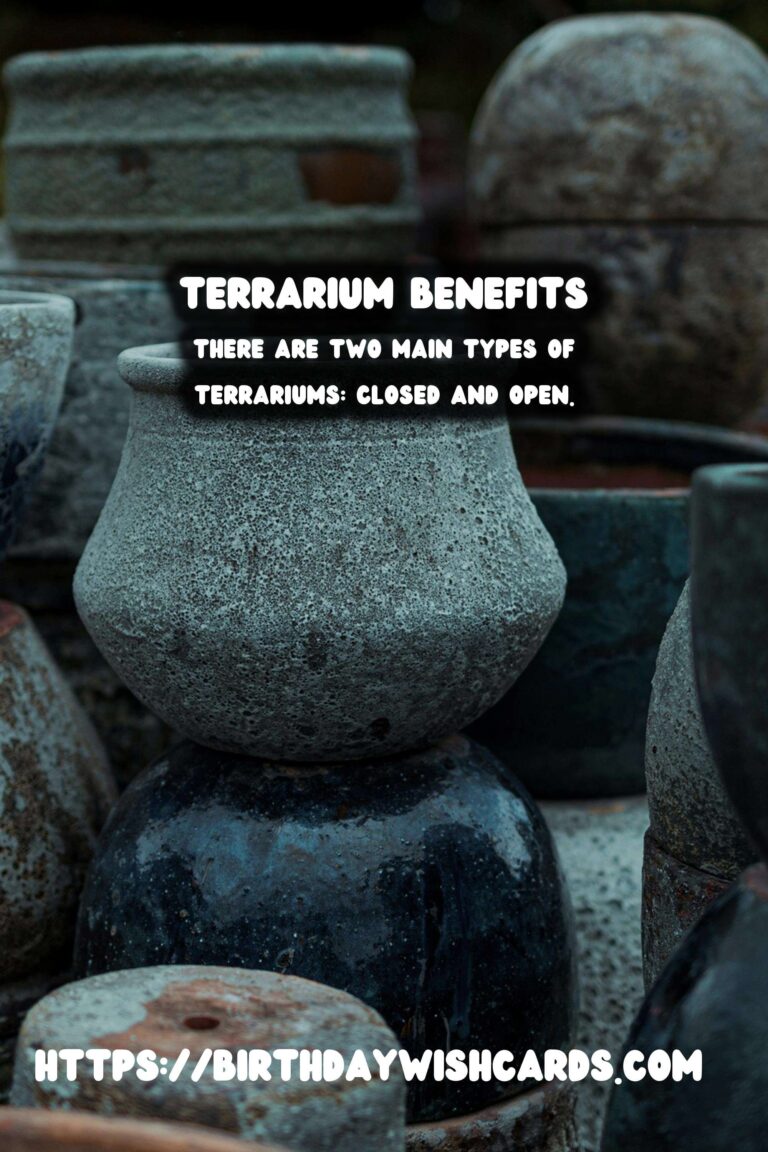
Indoor gardening is a delightful hobby that brings nature into our homes, enhances our living spaces, and offers a sense of tranquility. One significant aspect of successful indoor gardening is understanding and maintaining the right humidity levels for your plants. This is where terrariums come into play. Terrariums not only add aesthetic appeal but also create a controlled environment that benefits plant growth immensely.
What is Plant Humidity?
Humidity refers to the amount of moisture present in the air. For plants, humidity is crucial as it affects their ability to absorb water and nutrients. Different plants require different humidity levels, and understanding this is key to maintaining a thriving indoor garden. For instance, tropical plants generally require higher humidity, while succulents thrive in drier conditions.
The Role of Terrariums in Humidity Control
Terrariums are glass or transparent containers that house plants, creating a miniature ecosystem. They help in maintaining consistent humidity levels by trapping moisture inside. The closed environment of a terrarium allows for water to evaporate and condense, providing a self-sustaining, humid atmosphere ideal for certain plant types.
Benefits of Terrariums in Indoor Gardening
1. Enhanced Plant Growth
Terrariums provide a stable environment with consistent humidity, which is particularly beneficial for tropical plants that thrive in moist conditions. This controlled humidity promotes healthier growth and reduces the risk of stress-induced diseases.
2. Low Maintenance
Because terrariums create a self-sustaining ecosystem, they require less frequent watering compared to traditional pots. This makes them an excellent choice for busy individuals or those new to plant care.
3. Aesthetic Appeal
Terrariums are visually appealing and can act as a centerpiece in your home. They come in various shapes and sizes, allowing for creative displays that complement your interior design.
4. Educational Value
Terrariums offer a unique opportunity to learn about plant biology and ecology. They can be used as educational tools to teach children about ecosystems, plant care, and the water cycle.
Types of Terrariums
There are two main types of terrariums: closed and open. Closed terrariums are fully sealed, creating a high-humidity environment, ideal for ferns, mosses, and tropical plants. Open terrariums, on the other hand, allow for more air circulation and are suitable for succulents and cacti that require less humidity.
How to Create a Terrarium
Creating a terrarium is a straightforward process. Start by choosing a container and layering it with small rocks for drainage, followed by activated charcoal to keep the environment fresh. Add a layer of potting soil suitable for your chosen plants. Arrange your plants, ensuring they have enough space to grow. Finally, decorate with moss or small decorative stones to enhance the aesthetic appeal.
Common Mistakes to Avoid
While terrariums are relatively low maintenance, there are common mistakes to avoid. Overwatering can lead to mold growth, while placing the terrarium in direct sunlight can cause overheating. It’s important to choose the right plants for your terrarium type to ensure they thrive in the given humidity levels.
Conclusion
Understanding plant humidity and the role of terrariums can significantly enhance your indoor gardening experience. By providing a controlled environment, terrariums offer numerous benefits, from promoting healthier plant growth to adding a touch of nature to your home decor. Whether you’re a seasoned gardener or a beginner, incorporating terrariums into your indoor garden can be a rewarding endeavor.
Humidity is crucial for plants as it affects their ability to absorb water and nutrients. Terrariums help maintain consistent humidity levels by trapping moisture inside. Terrariums are low maintenance and require less frequent watering. There are two main types of terrariums: closed and open. Overwatering and direct sunlight are common mistakes in terrarium care. 
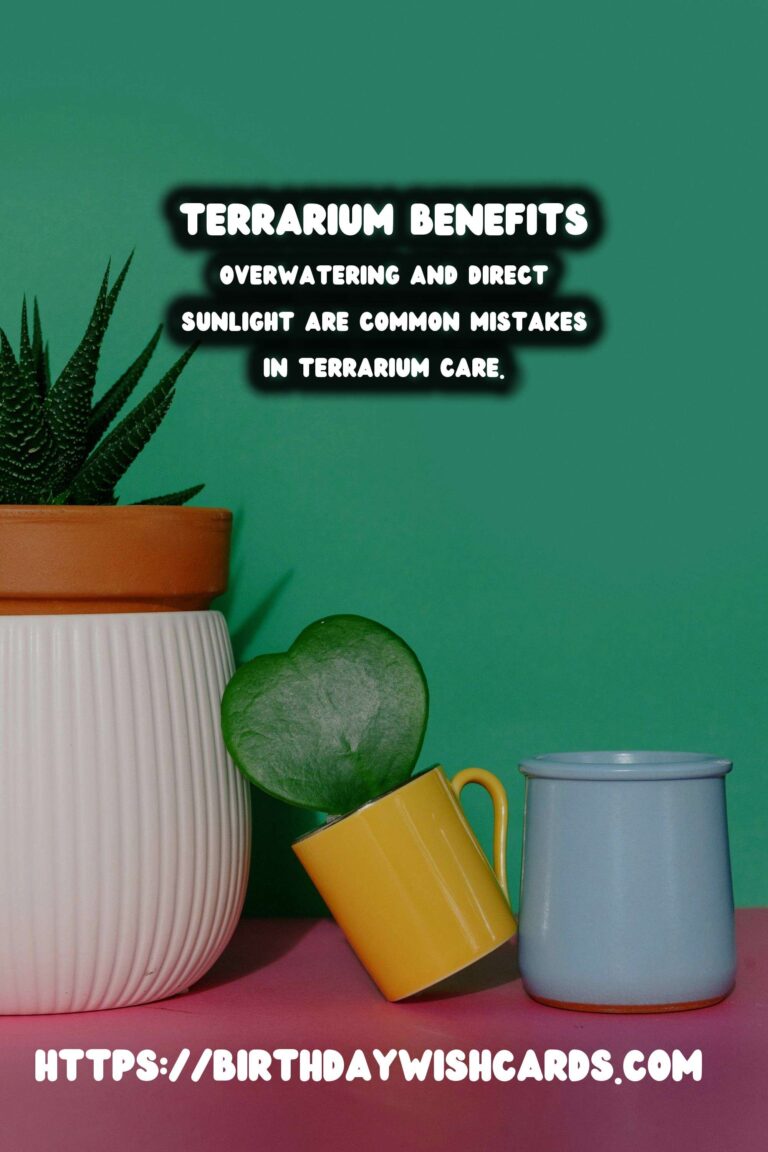
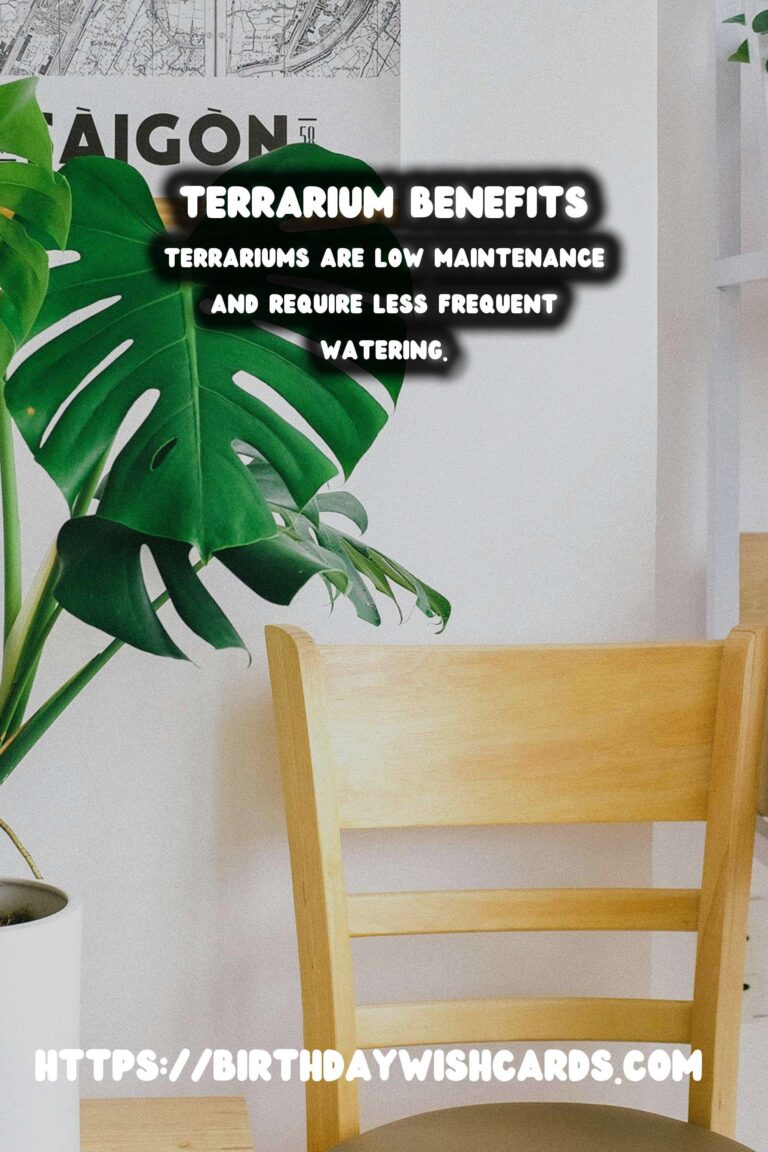
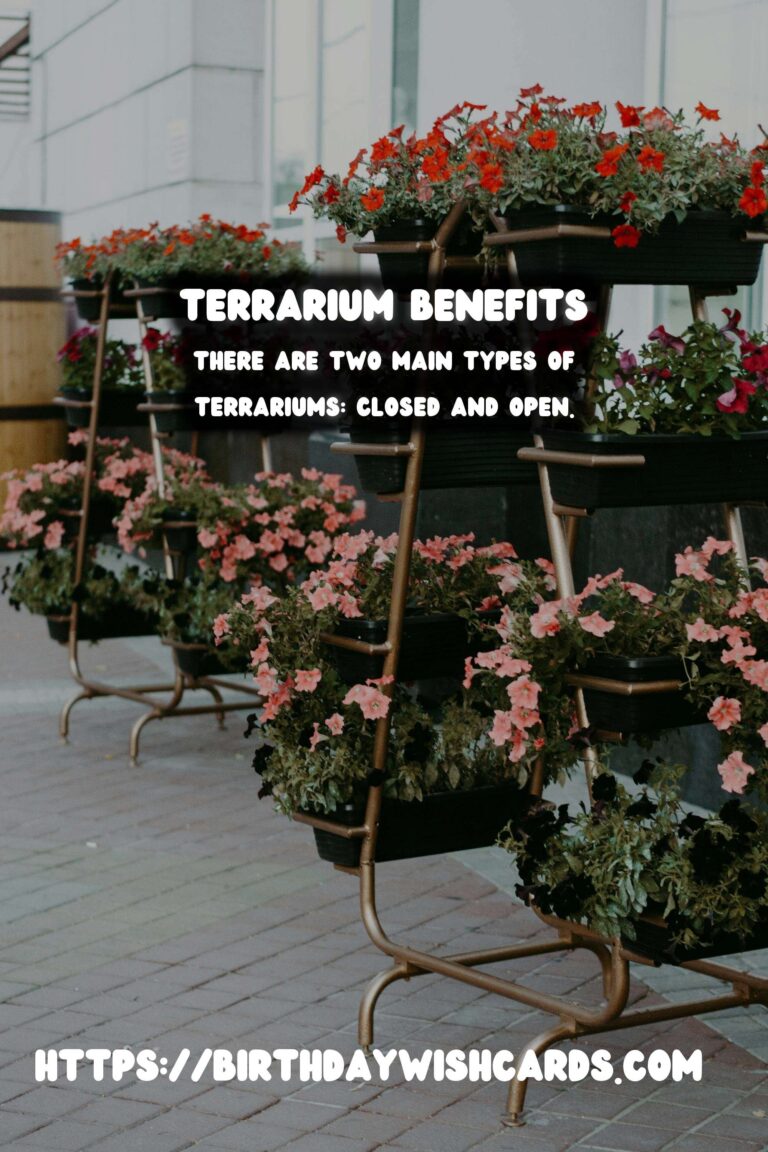
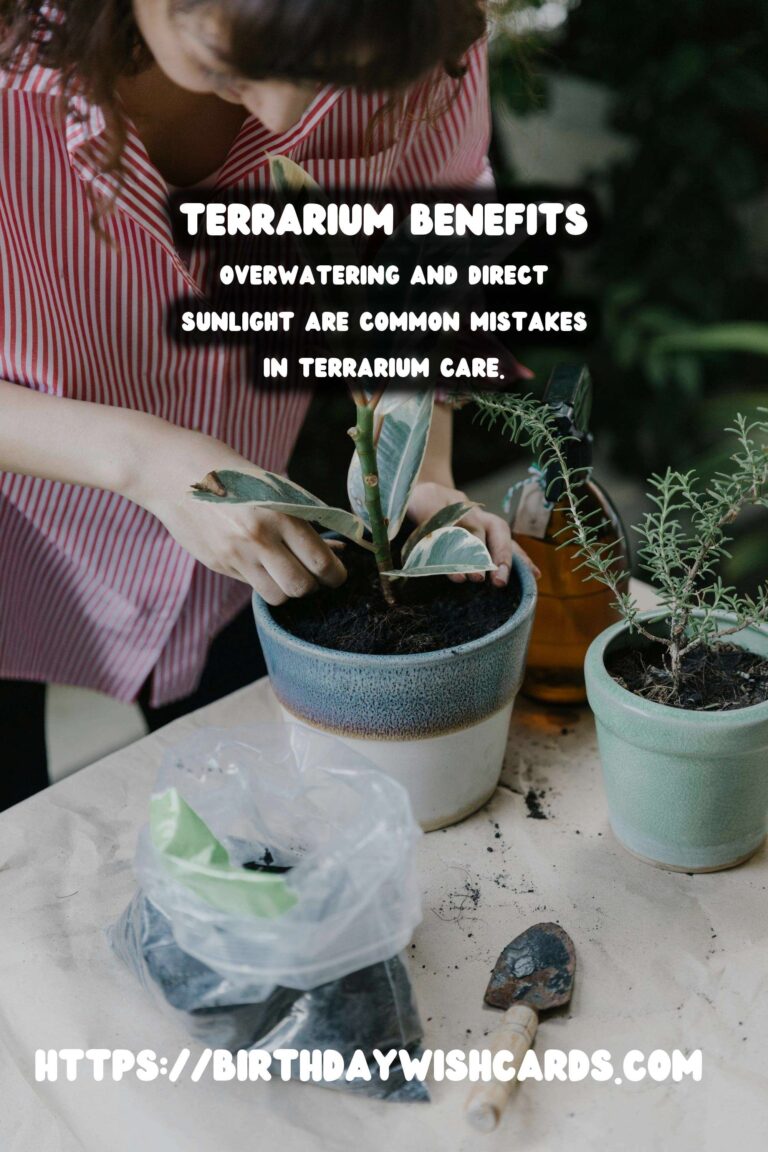
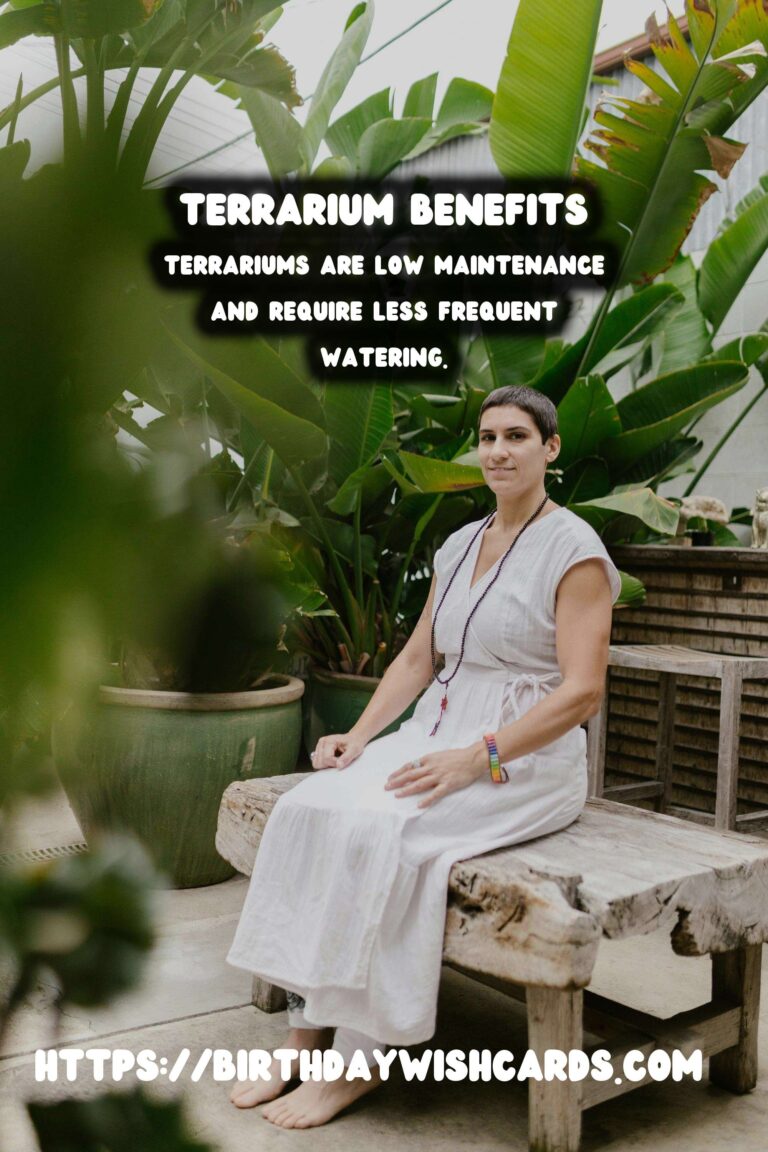
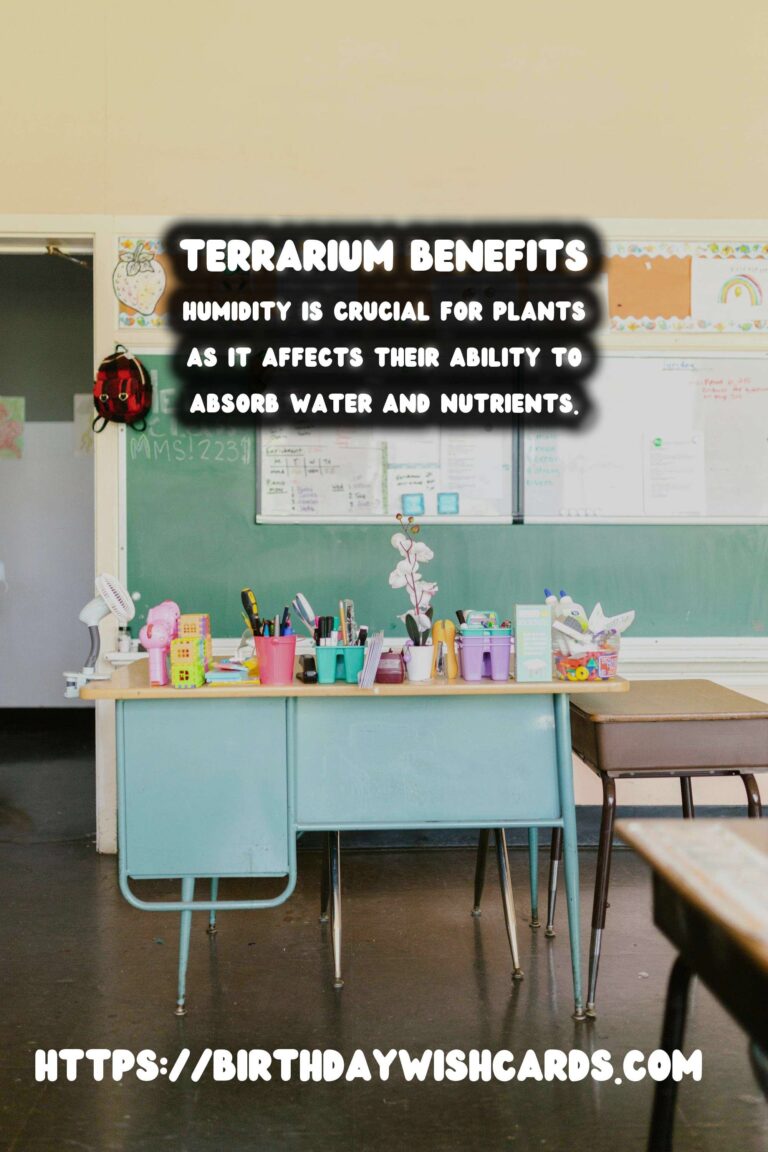
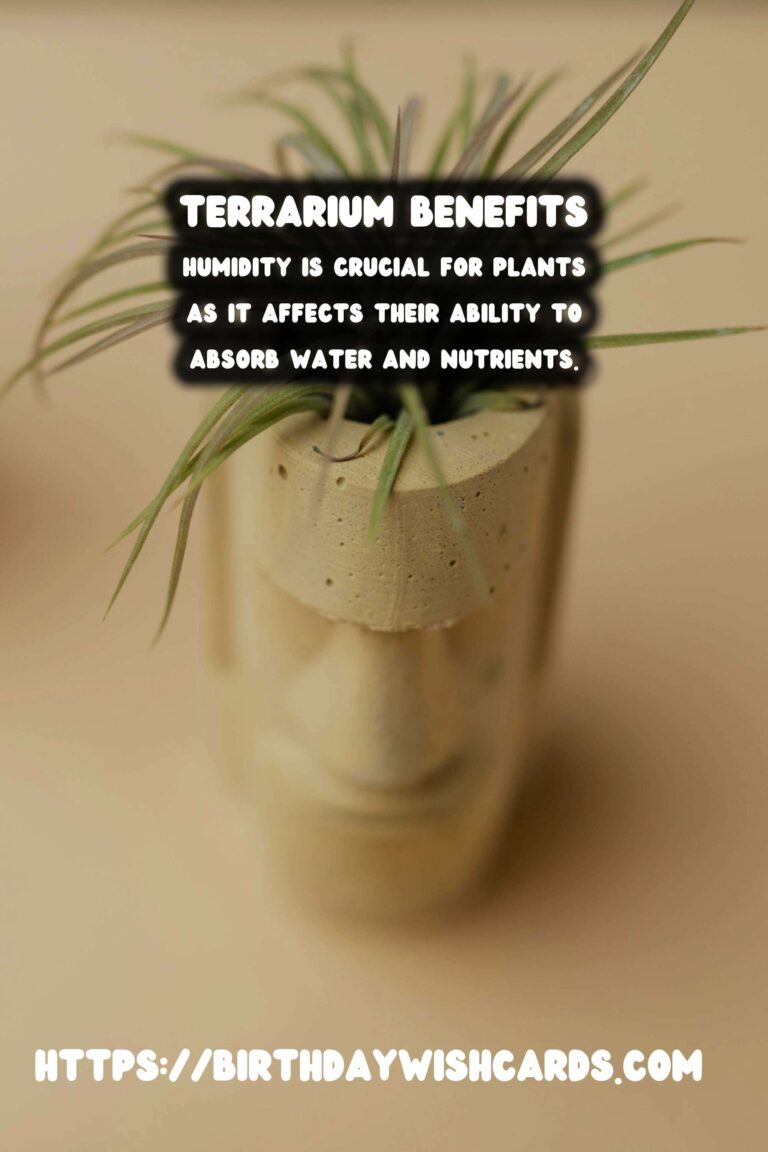
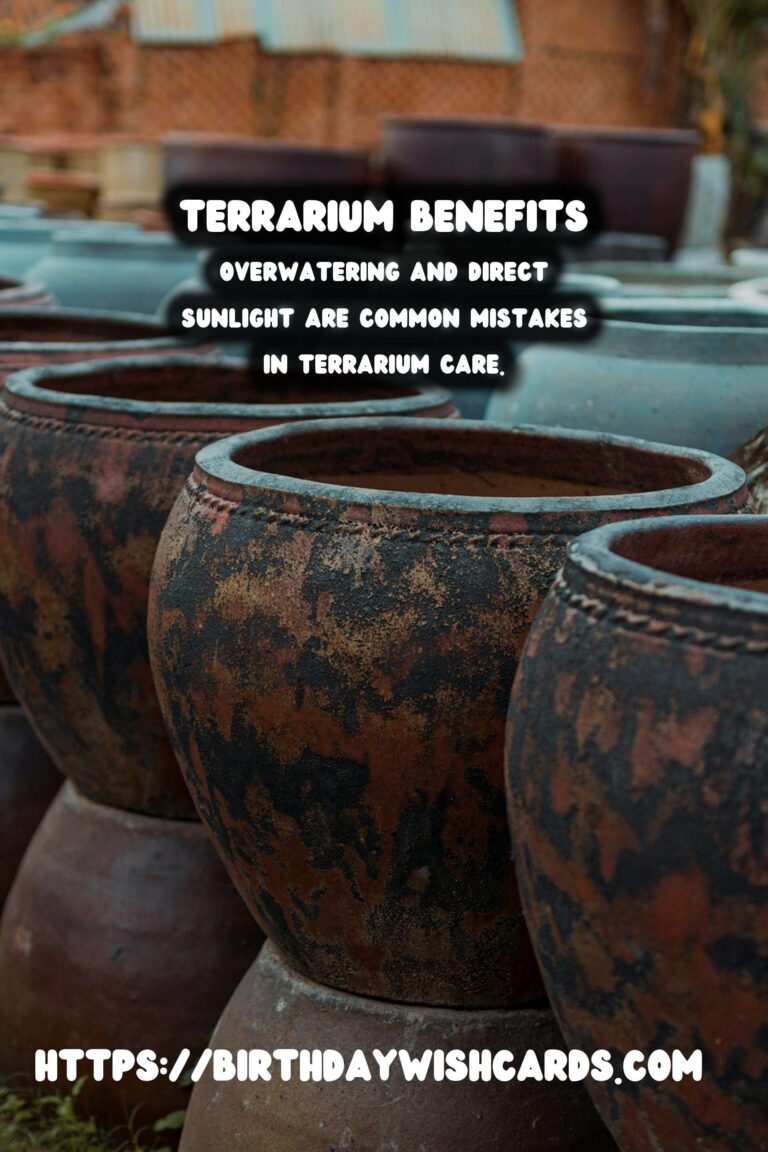
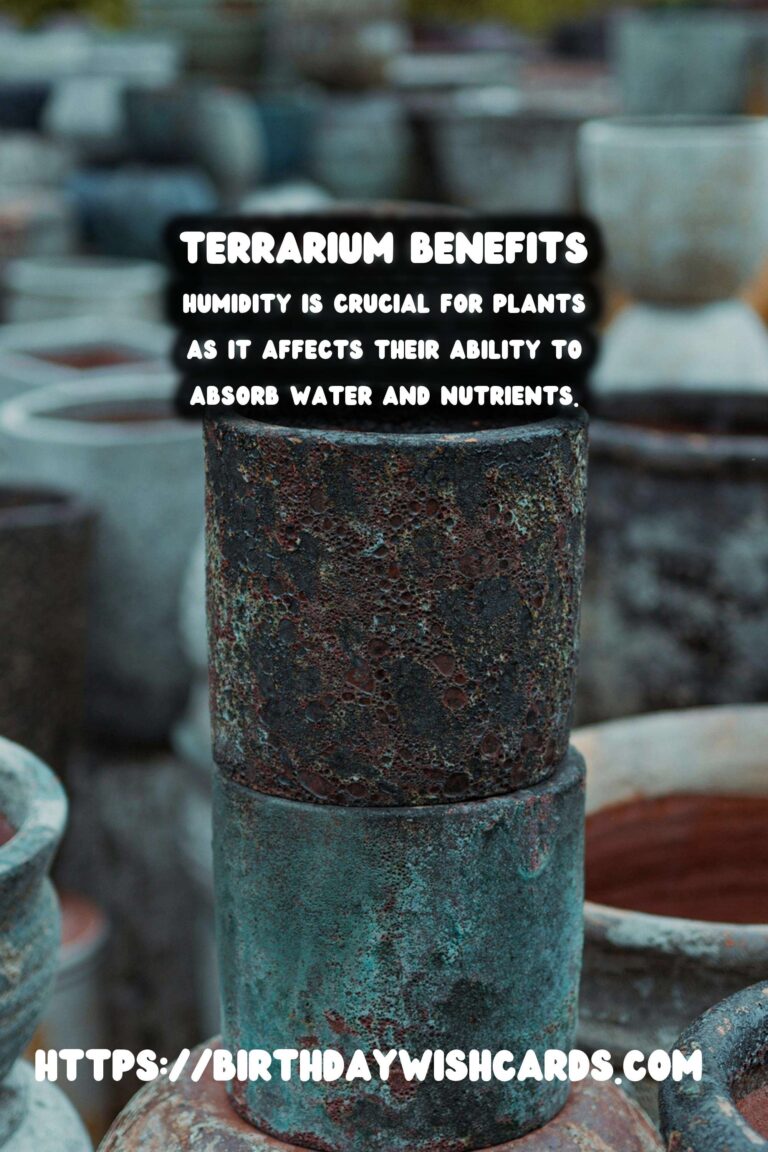
#IndoorGardening #Terrariums #PlantCare #HumidityControl #GardeningTips



